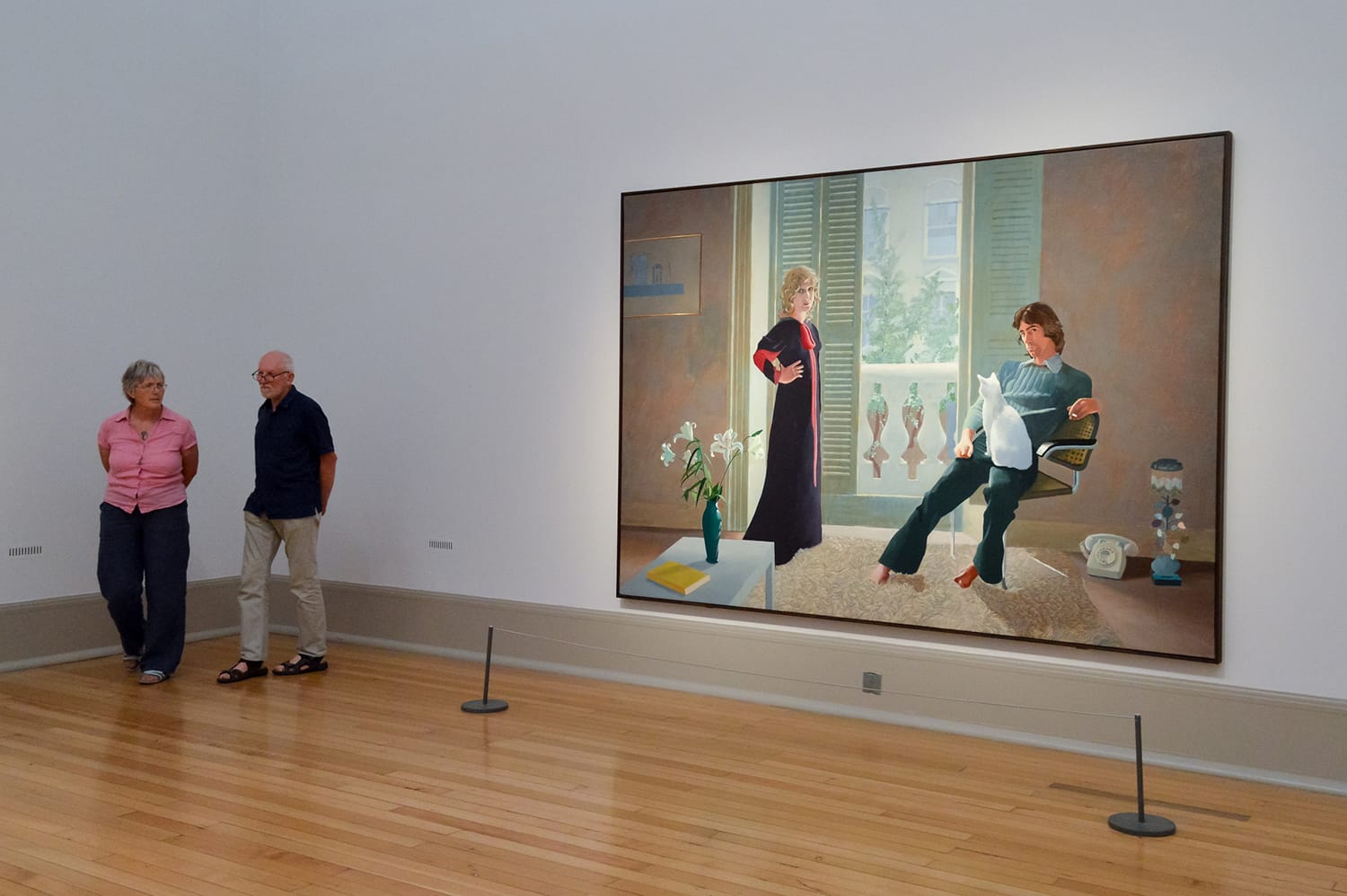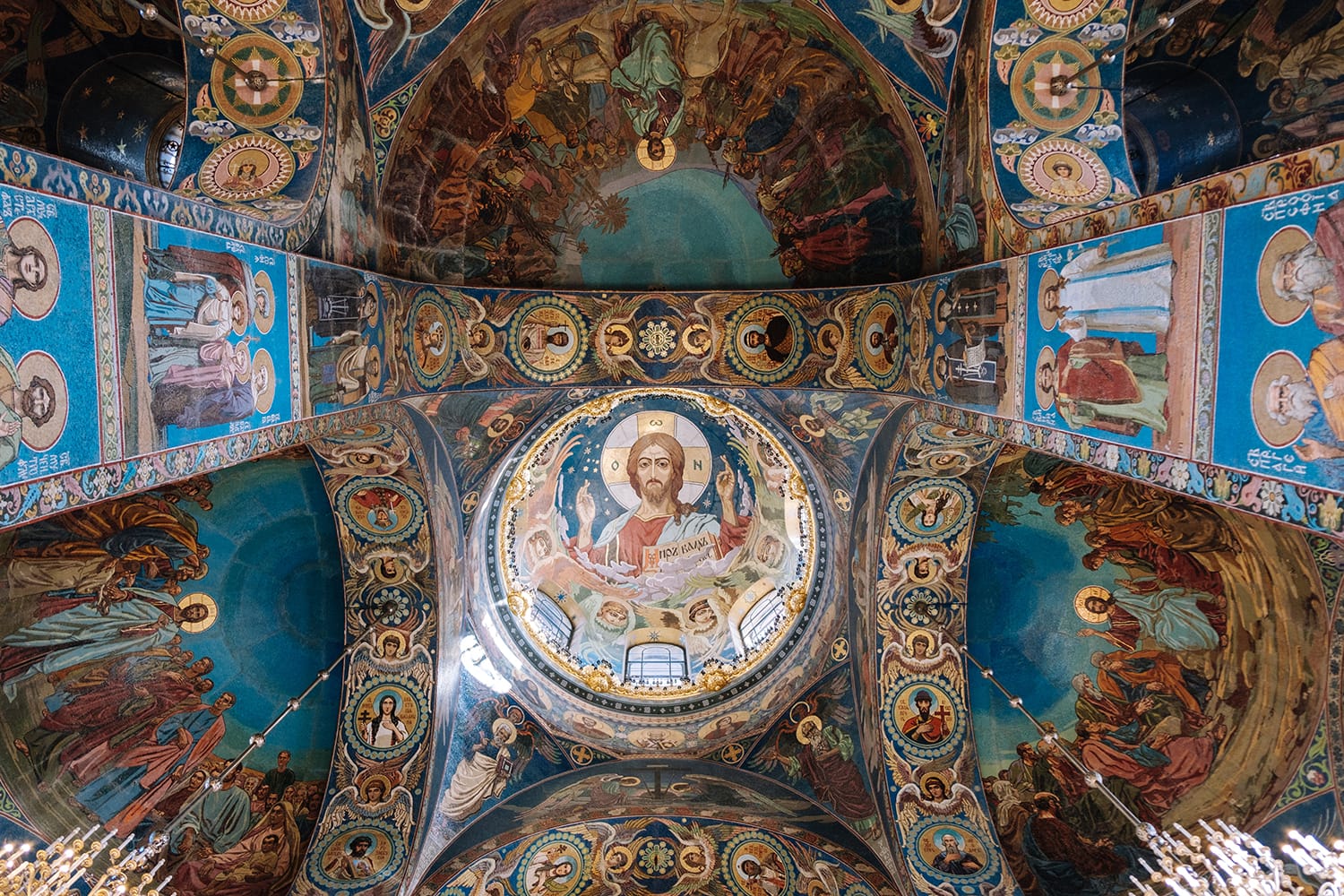What the World’s Famous Paintings Can Teach Us About Photography – Part 1
Painting and photography may be two different worlds, but for many, they relate with and complement each other.
Some painters use photographs to help them come up with unique works of art, and a number of photographers study paintings to help improve some aspects of their photography.
Paintings and Photography
Before photography was born, more than 100 years ago, paintings soloed the limelight. When it slowly became known to the pubic courtesy of its invention by Louis-Jacques-Mande Daguerre some time in 1839, photography created quite a stir because people were divided and couldn’t decide if it was a work of art or not.
Many did not fully understand what it was.
What is clear and easy to understand, however, is the fact that paintings and photography complement and influence each other. The images a photographer takes are not really different from the scenes a painter creates. Painters use a lot of colors and shapes to translate their visions and ideas. Photographers use different subjects, compose their shots, and make sure the lighting is good to deliver the message they wish to express.
Both are creative works that entail a lot of visualization. Painters can learn from photographers and photographers can learn from painters as well. Photographer Yousuf Karsh, for example, credits famous paintings for his most important learnings about light and composition.
Those who are open to drawing connections among different art forms, such as paintings, are often the ones who get inspired to come up with the best works. They’re most likely the ones who will find it easy to develop their own technique and style.
Painting and Photography Blended to Create Art
There are some photographers who use paintings to explore the countless possibilities of their art. An example is David Hockney, who likes to blend photography and painting in his works. According to Hockney, the movie Who Framed Roger Rabbit greatly influenced him.

Image by Francisco Anzola
Like film animators, he uses technology (the computer) to combine drawing or painting with photography.
When painting and photography are blended or combined, what one creates is a work of art like no other. Hockney’s images are vivid and alive. They help us see things we do not normally see in regular photos. They play on our imagination, which is exactly what creative output should do.
Things Photographers Can Learn from Paintings
Apart from Hockney’s painting-photography combination, there are other major aspects of photography that photographers can learn by understanding paintings. Here are some of them.
-
Good Composition and Subject Emphasis
Painters have a good way of emphasizing the subject and they therefore pay a lot of attention on composition. For example, there are painters who use a lot of straight lines that often help clearly describe and define the subject or the image. The Incredulity of Saint Thomas by Caravaggio, for example, shows three straight lines that emphasize the gazes at the wounds of Jesus.
-
Good Contrast
Contrast in photography can be quite a touchy subject. But if you look at several famous paintings, you’ll find that it is something that is natural to painters.
Most of the time, painters use a contrast of light and dark to make a subject stand out, so they position a dark subject against a light background; and vice versa. A good example that emphasizes this aspect is The Reconciliation of David and Absalom by Rembrandt. His background has a lot of dark tones and his subject at the center is covered in brighter tones. As such, the subject appears stronger than the background. It also adds some dramatic flair in the scene.
Photographers can use this technique to make their subject stand out and to add a creative, more dramatic touch to their photographs. Highlighting the subject also allows photographers to tell more interesting stories.
-
Good Lighting
Lighting is very important to photographers. In fact, it is one of the things that help make or break their work. As such, it is essential to know how to come up with good lighting for our photos.
In painting, lighting is also important. Its intensity, direction, and focus are essential in helping create a painting that tells good stories. And this is something that Rembrandt is famous for. His portraits come out a bit dramatic because there’s a shadow partially covering the subject’s face, and because only a small portion of the eye us lighted. This is evident in his self-portrait.
Rembrandt’s dramatic lighting is ideal for photographers who want some drama in their photos, particularly in portraits. There is even a studio lighting technique that’s named after Rembrandt – the Rembrandt Lighting.
Another painter, Jan Vermeer, chose to focus on natural lighting. Vermeer used softer contrasts and more natural lighting. Thus, the subjects come out subtler and softer. His style is perfect for photographers who do a lot of outdoor photography.
Famous Paintings That Inspire Photographers
Now that it has been proven that paintings do help photographers come up with great photos, it is just right to mention that some of the world’s most famous paintings have essential contributions to photographers; as well as to photography in general.
Paintings like Leonardo da Vinci’s Mona Lisa, Johannes Vermeer’s The Girl with the Pearl Earring, and The Sistine Chapel ceiling by Michelangelo are only some of those that photographers need to study and understand.

This shall be the second part of our discussion on painting and photography.
In the meantime, take a look at all the paintings around you – or those that you see in galleries and museums. Observe them closely and pay attention to their lighting, composition, contrast, and even the visual patterns. Then look at some of your favorite photos. What do you see? Good composition? Effective use of natural lighting? Some lines that define the character of your subject?
What you see are all aspects that you’ll also find in some of the world’s best paintings. Because, yes, painting and photography inspire and complement each other in more ways than you know.
